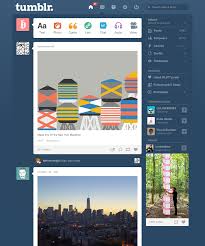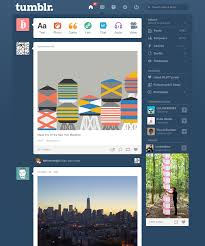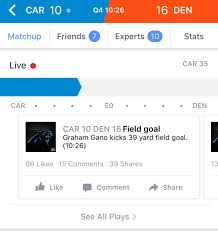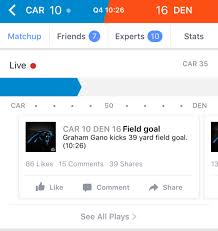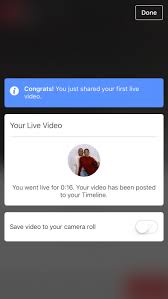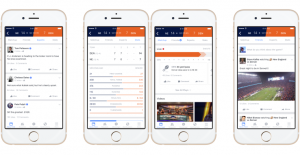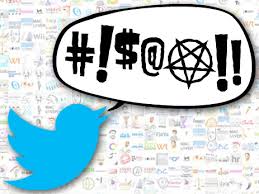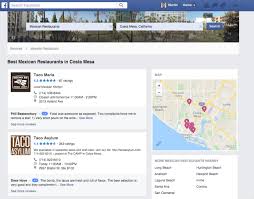Facebook’s Reactions Go Way Beyond Like
In Social Bookmarking, Social Media, Social Media News Brief, Social Networking, Web 2.0 | No comment
Facebook has left the traditional like button as part of its reactions icon but when you hold down the like button on Facebook you will now see a range of new emoji reactions that can help to express how you feel about the post in a new way. For now, you can only select one of these at a time, but you can change what the reaction is after you have already picked on if you decide another is better. The top three reactions to a given post are the only ones that end up displayed but a more detailed breakdown of how people reacted to each other is available if you click to see.
After the new reactions rolled out, there were complaints about them straight away. One of the main criticisms for the new reactions is that there just aren’t enough of them. The majority of the reaction are positive with only two reactions showing negative emotion. Many people would like to have a wider selection of emotions so that they might be able to more easily describe how more complicated posts make them feel. Other complaints focused on the fact that the reactions themselves can be confusing. Some people feel that the anger reaction could be especially confusing since it is hard to say if the reaction is anger targeted at the poster or what the post is about.
Facebook has also fallen under critique from advertisers who see the new reactions as something that they could benefit from, if Facebook would just allow them access to the information. For now, Facebook is not using the reactions to differentiate between what types of advertising would be good for the customers. To advertisers this makes it seem like they are missing out since people’s opinions of different things may make it so that they respond differently to advertising.
It seems that Facebook has taken a good step toward allowing users to respond in unique new ways, but many users would like to be able to see these reactions expand even further. This step may be only a first step, but Facebook users are at least able to get a bit more control over how they are expressing themselves on Facebook. Users can keep crossing their fingers waiting for that dislike button that they’ve been waiting for.



